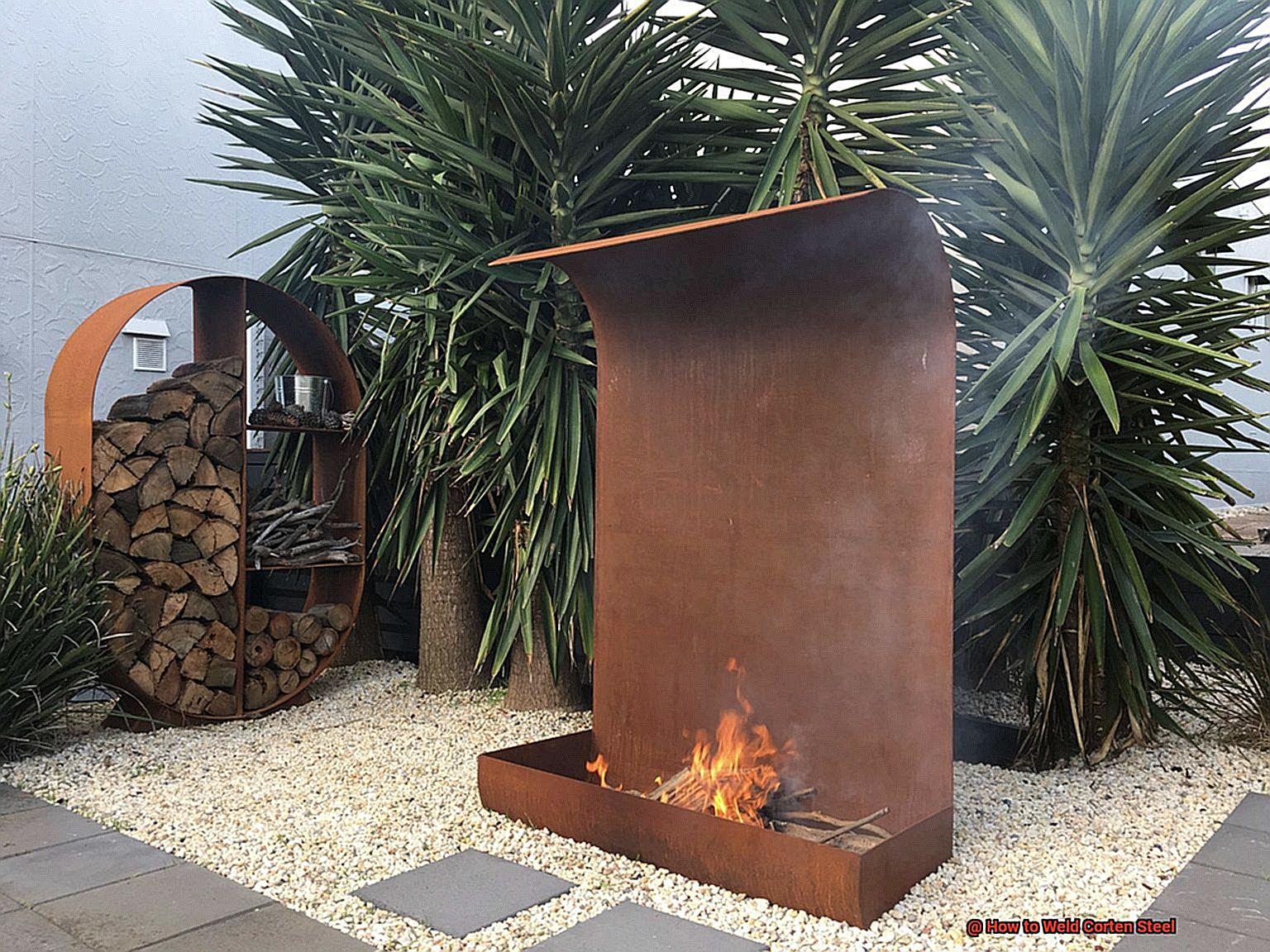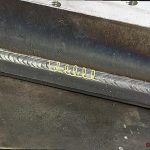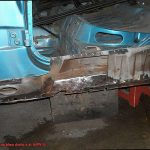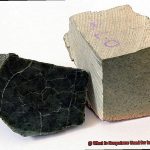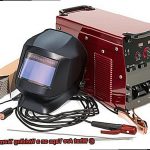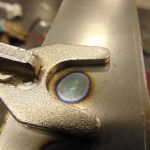Are you looking to weld Corten steel? Welding this type of steel requires special equipment and expertise. It’s a form of weathering steel that forms a protective layer when exposed to the elements, making it ideal for outdoor applications.
Corten steel is becoming increasingly popular in building and fabrication projects because of its strength and durability.
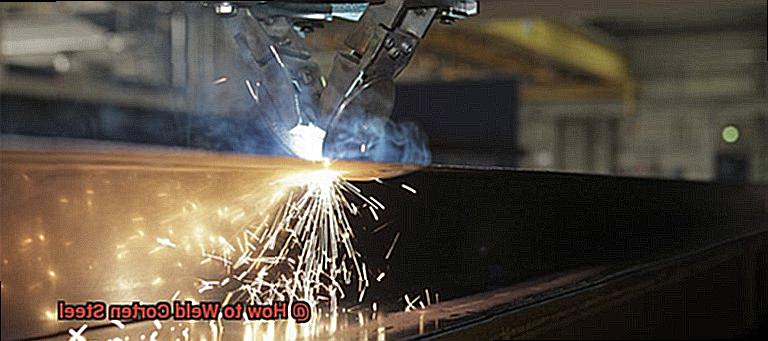
In this blog post, we’ll look at the basics of welding Corten steel and provide some tips for getting the best results.
So let’s get started.
What is Corten Steel?
Contents
- 1 What is Corten Steel?
- 2 What are the Benefits of Welding Corten Steel?
- 3 What do you Weld Corten with?
- 4 What Types of Welding Rods for Corten Steel?
- 5 Can Weathering Steel Be Welded?
- 6 Common Misconceptions about Welding Corten Steel
- 7 Advantages and Disadvantages of Using Corten Steel
- 8 How to Maintain and Repair the Corrosion on Corten Steel
- 9 Conclusion
Corten steel is a popular form of steel alloy that is renowned for its resistance to corrosion and rust. This alloy, which contains copper, chromium, and nickel, is widely used in a variety of applications, such as bridges, buildings, and sculptures.
The name “Corten” comes from the fact that it was developed by the US Steel Corporation in the 1930s.
When exposed to the elements, this alloy forms a protective layer on its surface that helps protect the underlying metal from rusting and damage caused by moisture or high temperatures.
Thus, it is often referred to as “weathering steel” due to its ability to withstand extreme weather conditions.
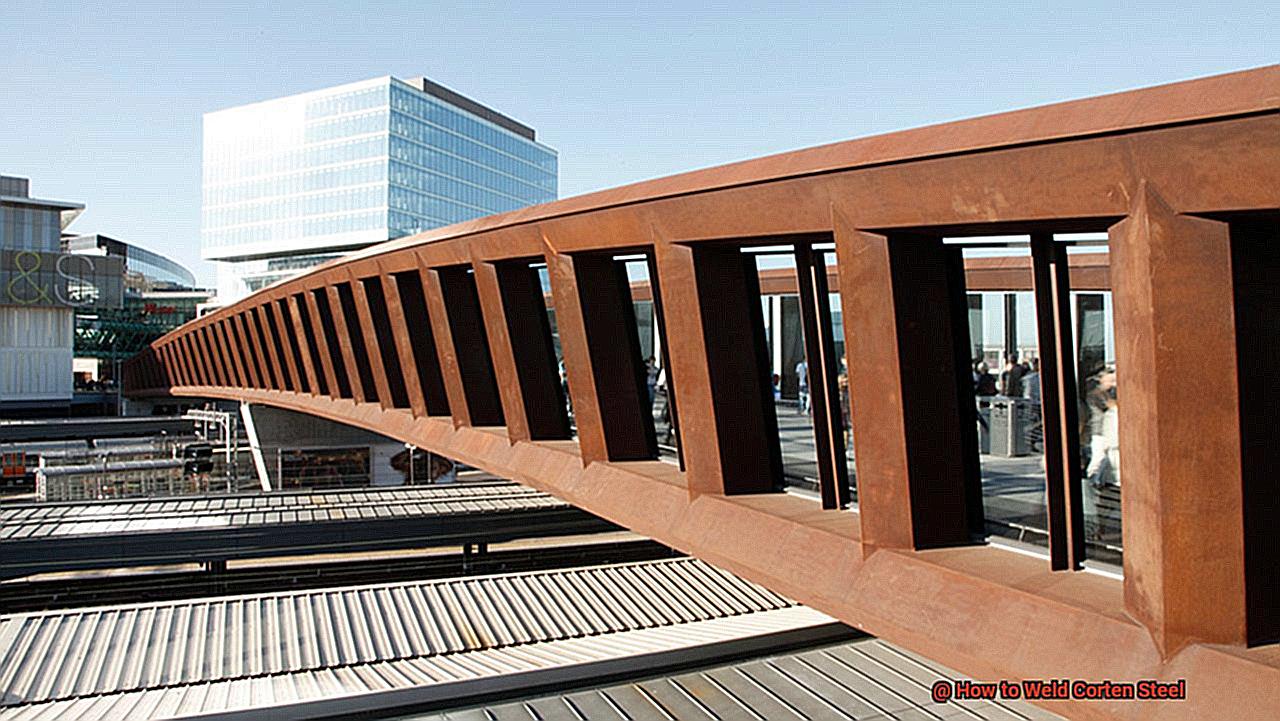
This layer also makes Corten steel an ideal choice for outdoor structures such as bridges and sculptures. It requires little maintenance due to its excellent resistance to rust and other forms of damage caused by humidity or high temperatures.
Furthermore, Corten steel has a strong structural integrity, which makes it an excellent choice for outdoor applications where strength and durability are essential.
Therefore, Corten steel is an increasingly popular choice for outdoor applications due to its strength and durability.
Its protective layer helps prevent it from rusting and other types of harm caused by humidity or high temperatures, making it an ideal material for bridges, buildings, and sculptures alike.
What are the Benefits of Welding Corten Steel?
Welding Corten steel is an ideal way to add strength and longevity to any project. This alloy offers superior corrosion resistance and is used in a variety of industries, from outdoor sculptures to industrial machinery.
It’s easy to weld, making it a great choice for projects that require intricate details or complex designs. Plus, welding Corten steel can help minimize maintenance costs since it requires less frequent repair or replacement than other materials.
The benefits of welding Corten steel don’t end there! This alloy also has increased strength and improved corrosion resistance, so your project will last longer than ever before.
Its unique rust-like finish gives it an attractive look that many find alluring. So not only will your project be more reliable and long-lasting, but it will also look stunning.
Welding Corten steel is a cost-effective way to get the most out of your design.
With its increased durability, weather resistance, and ease of use, you can create beautiful pieces without breaking the bank.
Investing in Corten steel welding is a smart decision that will pay off in the long run.
What do you Weld Corten with?
Welding Corten steel requires special care and attention to ensure strong, long-lasting welds. The most reliable welding technique for this material is MIG (metal inert gas) welding.
This process uses a consumable wire electrode and an electric arc to join two pieces of metal together quickly and effectively.
When welding Corten steel, it’s essential to use the proper shielding gas and electrodes. Argon or carbon dioxide is the best gas for this job because it won’t react with the material.
Low alloy electrodes are also ideal, as they create stronger welds with improved corrosion resistance compared to other types of electrodes.
What Types of Welding Rods for Corten Steel?
Welding Corten steel requires the right kind of welding rod, and failure to use the correct type can lead to disastrous results.
For mild steel applications, low-hydrogen rods such as E7018 or E70S-3 are recommended.
If the job is longer, then E8018-B2L or E8018-C3 electrodes are best suited for the task. When it comes to weathering steel, a special filler metal with a higher alloy content is needed.
This could include AWS A5.5 E8018-W2 and A5.18 ER80S-D2.
Not only do these filler metals provide mechanical strength, but they also form a protective layer against corrosion and oxidation during welding.
Can Weathering Steel Be Welded?
Welding weathering steel is a great way to make sure your project lasts for years to come. To do it right, you’ll need to use low-hydrogen welding processes such as SMAW, GMAW, or FCAW.
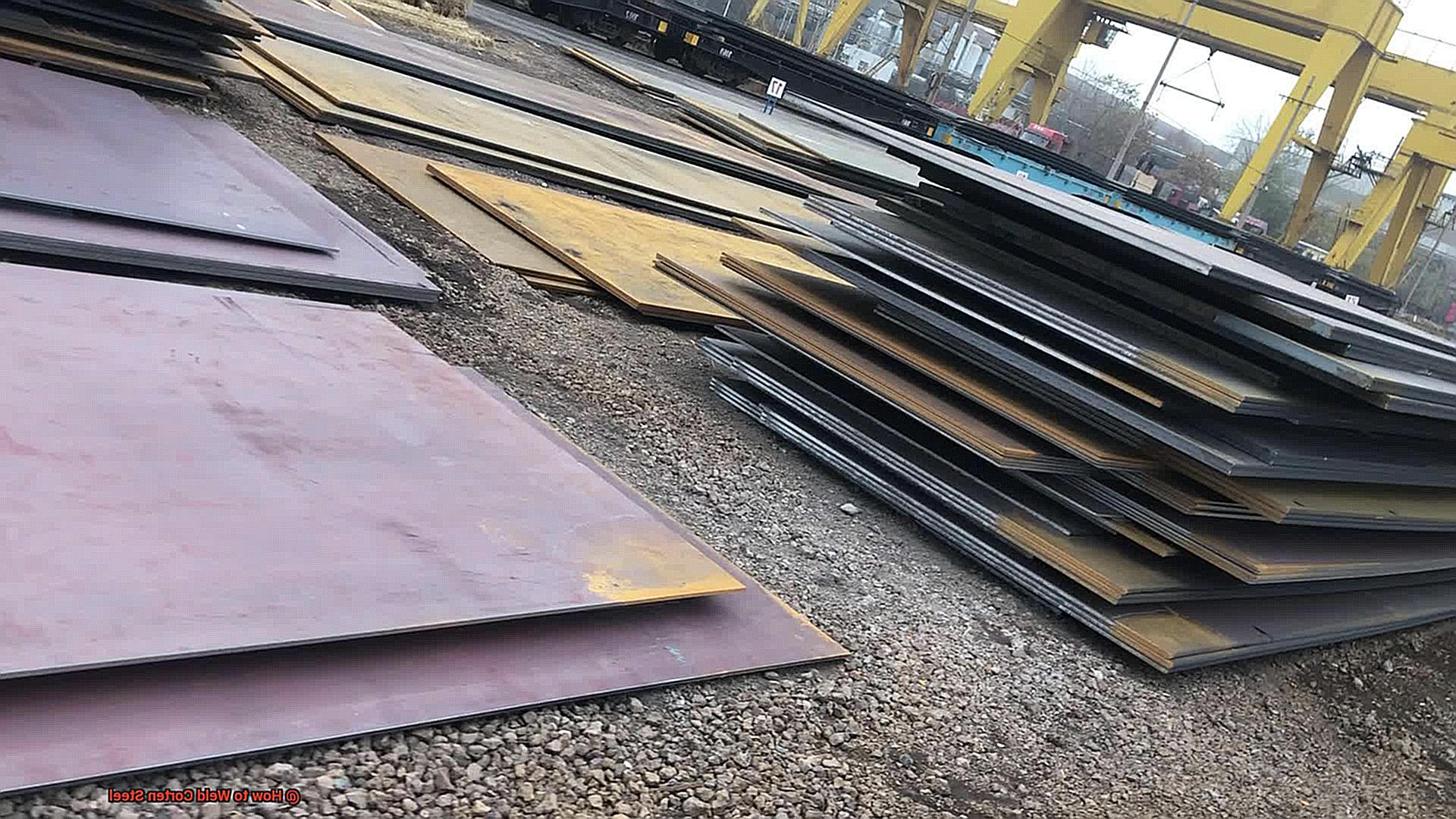
It’s also important to use a filler metal that matches the base material’s composition.
Preheating and post-weld heat treatment may be necessary for thicker sections of Corten steel, and you should always use a low amperage setting when welding to avoid warping and distortion.
Common Misconceptions about Welding Corten Steel
Welding Corten steel is a popular choice for many projects, but there are some common misconceptions about it.
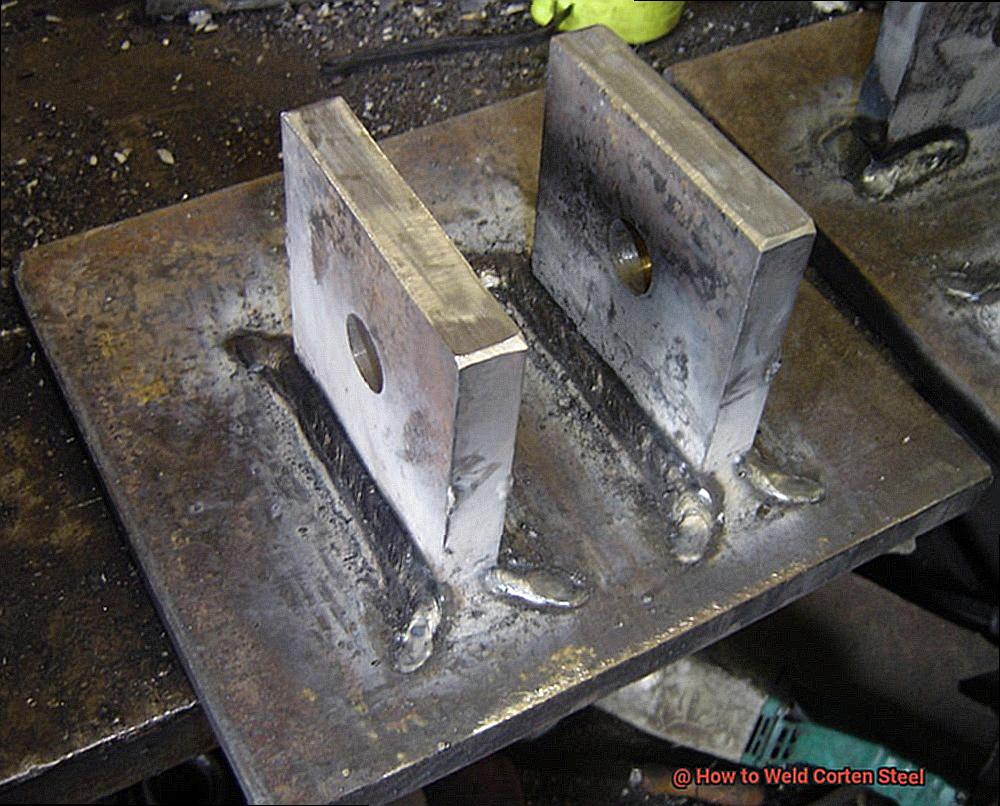
Here are the top seven welding myths about corten steel that you should be aware of.
It’s impossible to weld. Any type of welding rod can be used to weld Corten steel, making it an easy process.
It will crack quickly. Not true. Corten steel is quite strong and can withstand high temperatures and pressures without cracking.
It will rust quickly. Incorrect! Corten steel has a protective coating that prevents rusting.
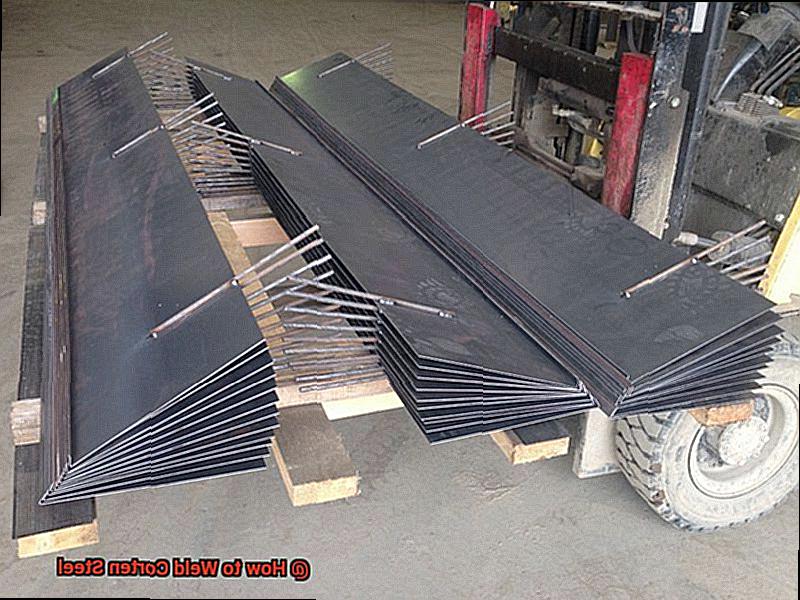
For welding Corten steel, special techniques or tools are needed. Not true! Any standard piece of welding equipment can be used for the job.
Advantages and Disadvantages of Using Corten Steel
Corten steel is an ideal material for outdoor projects due to its incredible durability and resistance to harsh weather conditions. It is also rust- and corrosion-resistant, so you don’t have to worry about painting or other treatments to maintain its appearance.
Additionally, Corten steel is environmentally friendly, as it does not use any hazardous chemicals in its manufacturing process.
However, there are a few drawbacks to using Corten steel. First of all, it can be expensive compared to other materials.
Furthermore, due to its hardness and thickness, it can be difficult to work with and may require special tools or welding techniques for installation.
Additionally, the color of the material may fade over time due to exposure to the elements, which could affect the overall aesthetics of your project.
Overall, Corten steel is a great choice for outdoor projects if you are looking for something robust and resistant to corrosion and rusting.
Just keep in mind that it may need additional tools and techniques for installation as well as regular maintenance due to fading over time.
How to Maintain and Repair the Corrosion on Corten Steel
Cleaning Corten Steel
Cleaning corten steel is the first step in maintaining and repairing corrosion. To clean the steel, use a mild detergent and a soft cloth or brush.
Rinse the steel with clean water and dry it with a clean cloth.
Avoid using abrasive cleaners, as they can damage the surface of the steel. Additionally, avoid using steel wool or wire brushes, as these can leave behind tiny particles that can cause further corrosion.
Applying Protective Coatings
Applying protective coatings to corten steel is an important step in maintaining and repairing corrosion.
These coatings act as a barrier between the steel and the environment, helping to reduce the amount of corrosion that occurs.
There are several types of coatings available, including epoxy, polyurethane, and acrylic.
Each type has its advantages and disadvantages, so it’s important to choose one that is best suited for your particular application.
Repairing Damaged Areas
If there are areas of corten steel that have already been damaged by corrosion, it’s important to repair them as soon as possible.
The most common method of repairing damaged areas is to fill them with a metal filler such as epoxy or polyester resin.
After the filler has been applied, it should be sanded down smoothly and then painted with rust-resistant paint. This will help prevent further corrosion from occurring in the future.
Monitoring Corten Steel
Regularly monitoring corten steel is an important part of maintaining and repairing corrosion.
This should include checking for any signs of rust or corrosion on the surface of the steel and inspecting any protective coatings for signs of wear or damage.
Additionally, it’s important to check for any signs of structural damage, such as cracks or dents. If any problems are found, they should be addressed immediately to prevent further corrosion.
Conclusion
In conclusion, Corten steel is an ideal choice for outdoor projects. It’s rust- and corrosion-resistant, environmentally friendly, and requires minimal maintenance. Plus, it boasts a beautiful rust-like finish that many find appealing.
While it can be time-consuming and challenging to weld, the long-lasting benefits of Corten steel far outweigh the costs.
With proper care and attention, your project will stand the test of time.
